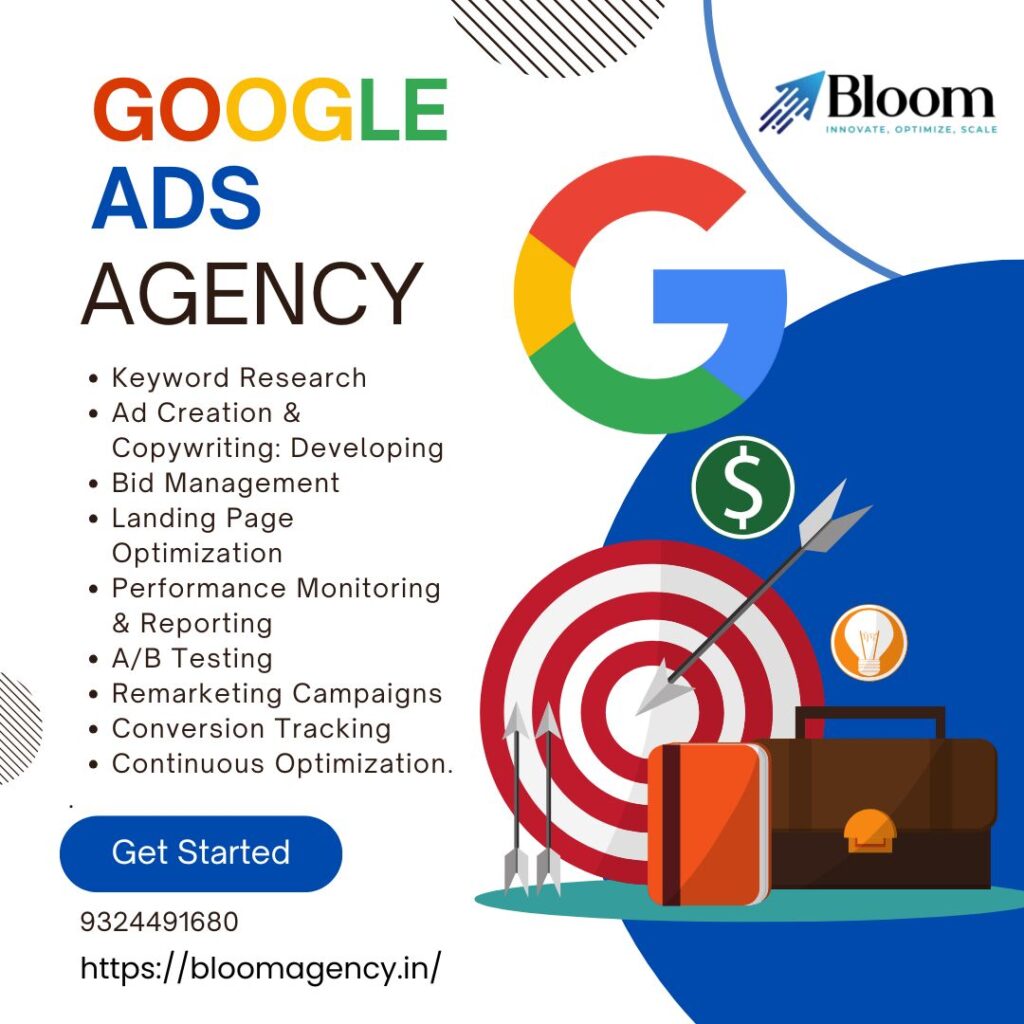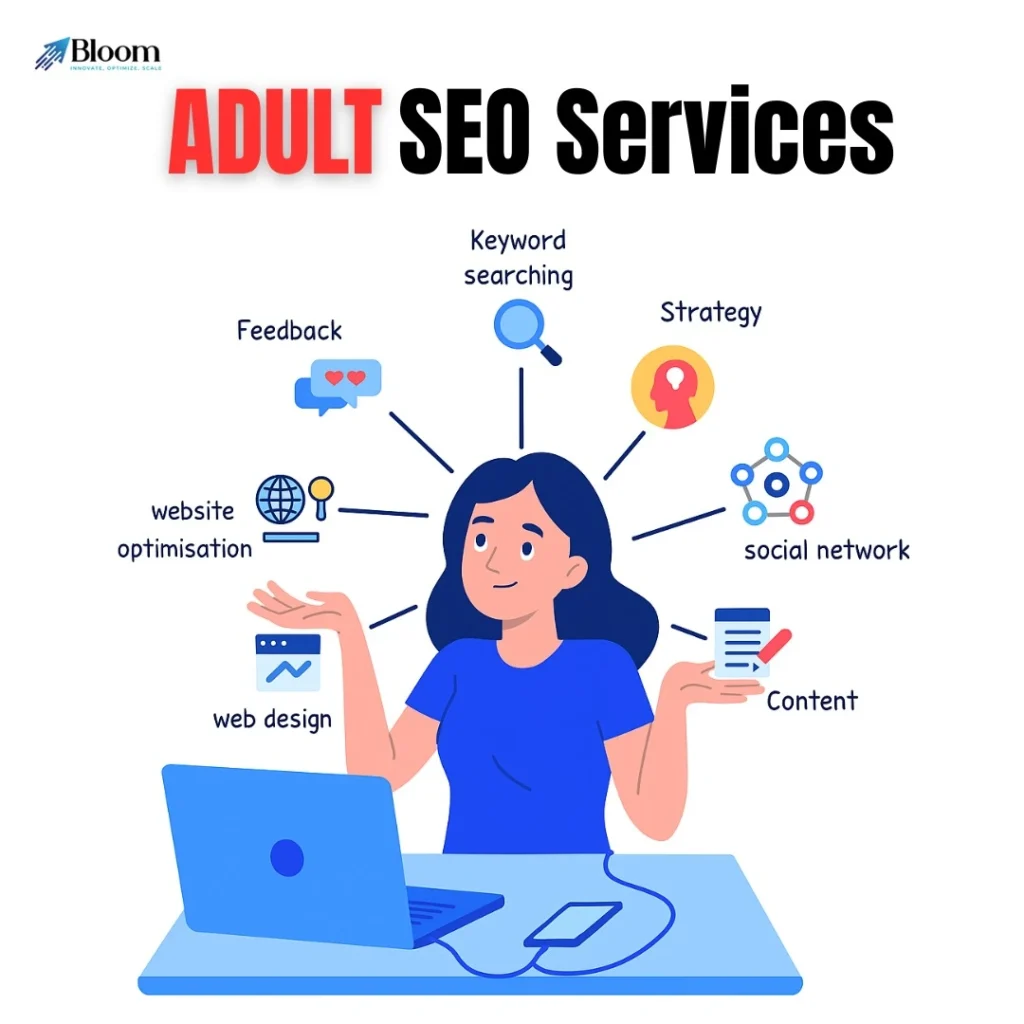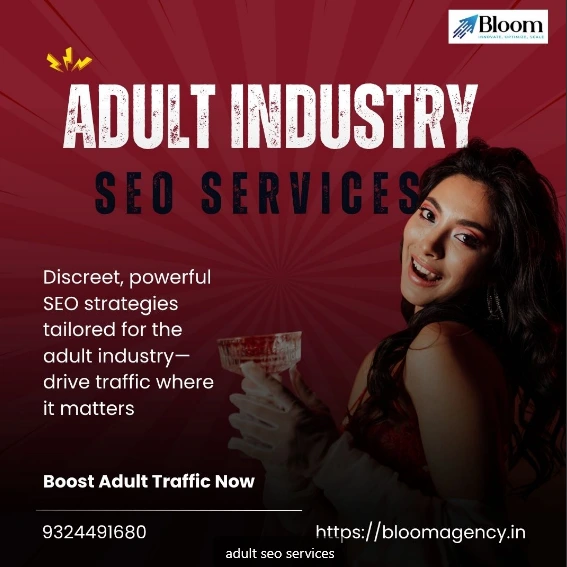Pay-per-click (PPC) marketing is a form of online advertising where advertisers pay each time a user clicks on their ad. It is one of the most effective ways to drive targeted traffic, generate leads and increase online sales. Advertisers bid on specific keywords or target groups on platforms such as Google Ads, Meta Ads (Facebook and Instagram), LinkedIn and TikTok.
Also known as cost-per-click (CPC) advertising, PPC is a core component of search engine marketing (SEM) and is widely used by businesses, publishers and affiliate marketers to promote products or services.
What you will learn in this blog
Table of Contents
ToggleThe difference between PPC, SEM and SEO
- How does PPC work?
- Why is PPC important?
- Key elements of a PPC strategy
- Top PPC Advertising Platforms
- Main types of PPC ads
- How to Learn PPC Marketing
PPC vs SEM vs SEO: What’s the Difference?
Although these three terms are related, they serve different purposes in digital marketing.
SEM (Search Engine Marketing) is a broad term that includes both paid (PPC) and organic (SEO) strategies aimed at improving visibility on search engines.
PPC is specifically paid advertising that appears on platforms such as Google, YouTube or Meta (Facebook/Instagram), where you only pay when someone clicks on your ad.
SEO (Search Engine Optimization), on the other hand, focuses on optimizing your website’s content, structure and backlinks to rank organically in search results – without paying for clicks.
How does PPC work?
PPC campaigns work on a bidding system. Advertisers bid on the keywords they want their ads to appear for. When a user searches for these keywords, an ad auction determines which ads appear on the search results page.
Factors affecting the auction include:
- Bid amount (how much you are willing to pay per click)
- Ad relevance (how closely your ad matches the keyword’s intent)
- Quality Score (Google’s assessment of your ad copy, landing pages and overall performance)
You only pay when someone clicks on your ad – making PPC one of the most cost-effective, performance-based marketing models.
Why is PPC important?

PPC marketing is not an expense – it’s an investment.
According to Global Marketing Reports, brands earn an average of $2 for every $1 spent on PPC.
Here’s why PPC is so effective:
- Immediate visibility
Unlike SEO, which can take months, PPC campaigns can be published within hours – bringing instant visibility and traffic.
- Precise targeting
You can target audiences based on location, age, gender, device, behavior and interests and ensure your ads reach potential customers who are ready to convert.
- Measurable return
With tools such as Google Ads and Analytics, you can measure all views, clicks and conversions in real time.
- Budget control
You set daily and monthly budgets so you never overspend.
- Increases SEO performance
Running PPC with SEO helps test keyword performance, strengthen brand presence and increase conversions.
- Brand awareness
Even if users don’t click on your ad, continued visibility strengthens your brand.
- Reputation management
You can run ads for your brand name or related searches to control the narrative and protect your online reputation.
How to create an effective PPC strategy
Creating a successful PPC campaign involves careful planning and optimization. Follow these steps to get started:
- Define your target group
Know who your ideal customers are – including their demographics, interests and online behaviour.
- Set clear goals
Decide what you want to achieve – brand awareness, lead generation or direct sales.
- Conduct keyword research
Use tools like Google Keyword Planner or SEMrush to find high-intent keywords.
- Write attractive ad text
Create a clear, compelling title and description with a strong CTA (call-to-action).
- Choose the right platform
Choose ad platforms that align with your goals – Google for search intent, Facebook for engagement, LinkedIn for B2B leads, or TikTok for Gen Z audiences.
- Optimize landing pages
Make sure your ad leads to a fast-loading, conversion-focused page.
- Track and optimize
Monitor metrics such as CTR (click-through rate), CPC (cost per click) and conversion rates – and continuously optimize your campaigns.
Top PPC Advertising Platforms

1. Google Ads
The world’s largest PPC platform, Google Ads lets you display your ads across Search, Display, YouTube, and Shopping networks. With billions of searches per day, Google offers unmatched reach and targeting capabilities.
2. Facebook & Instagram Ads
Meta Ads allow brands to reach users across Facebook, Instagram, Messenger, and Audience Network. You can create visual or video ads tailored to specific interests, demographics, and purchase behaviors.
3. YouTube Ads
YouTube offers multiple ad formats — skippable, non-skippable, bumper, and overlay ads — helping you target audiences through engaging video content.
4. LinkedIn Ads
Ideal for B2B marketing, LinkedIn allows businesses to promote sponsored posts, InMail campaigns, and job openings to a professional audience.
5. Microsoft Ads (Bing)
A cost-effective alternative to Google Ads, Microsoft Ads reach audiences across Bing, Yahoo, and partner networks with less competition and lower CPCs.
6. TikTok Ads
Perfect for short-form video campaigns, TikTok offers creative ad types like In-Feed Ads, Hashtag Challenges, and Brand Takeovers, great for building brand awareness.
7. Twitter (X) Ads
Twitter Ads let you promote tweets, trends, and accounts — ideal for real-time engagement and event-based promotions.
Types of PPC Ads
1. Search Ads
Text-based ads that appear at the top of search engine results for targeted keywords.
2. Display Ads
Visual banner ads that appear on partner websites, blogs, and apps — great for brand visibility.
3. Video Ads
Engaging ads displayed on platforms like YouTube, Facebook, or Instagram Reels to capture user attention.
4. Shopping Ads
Product-based ads that show detailed listings, prices, and images directly in search results.
5. Remarketing Ads
Ads shown to users who previously visited your website but didn’t convert — ideal for re-engagement.
6. App Promotion Ads
Used to increase app downloads and in-app engagement.
Learning PPC Marketing
To master PPC, it’s essential to stay updated with evolving ad platforms and best practices. Here are a few steps to get started:
- Take PPC courses from Google Skillshop, HubSpot, or Semrush Academy.
- Read industry blogs like Search Engine Land, PPC Hero, and Bloom Agency’s Marketing Insights.
- Experiment with small ad budgets to understand bidding, ad types, and targeting.
- Attend webinars and events to learn from PPC professionals.
At Bloom Agency, our team of certified experts runs data-driven PPC campaigns designed to maximize ROI. We help brands scale through keyword optimization, creative testing, audience targeting, and automation tools.
Conclusion
PPC is one of the most powerful ways to get instant visibility, qualified leads and measurable results. Whether you’re running ads on Google, Facebook or LinkedIn, the key is constant testing, tracking and optimization.
If you want to grow your brand, increase conversions and increase profitability, work with Bloom Agency – your trusted PPC marketing experts.








Rahul M.
B2B Service Provider